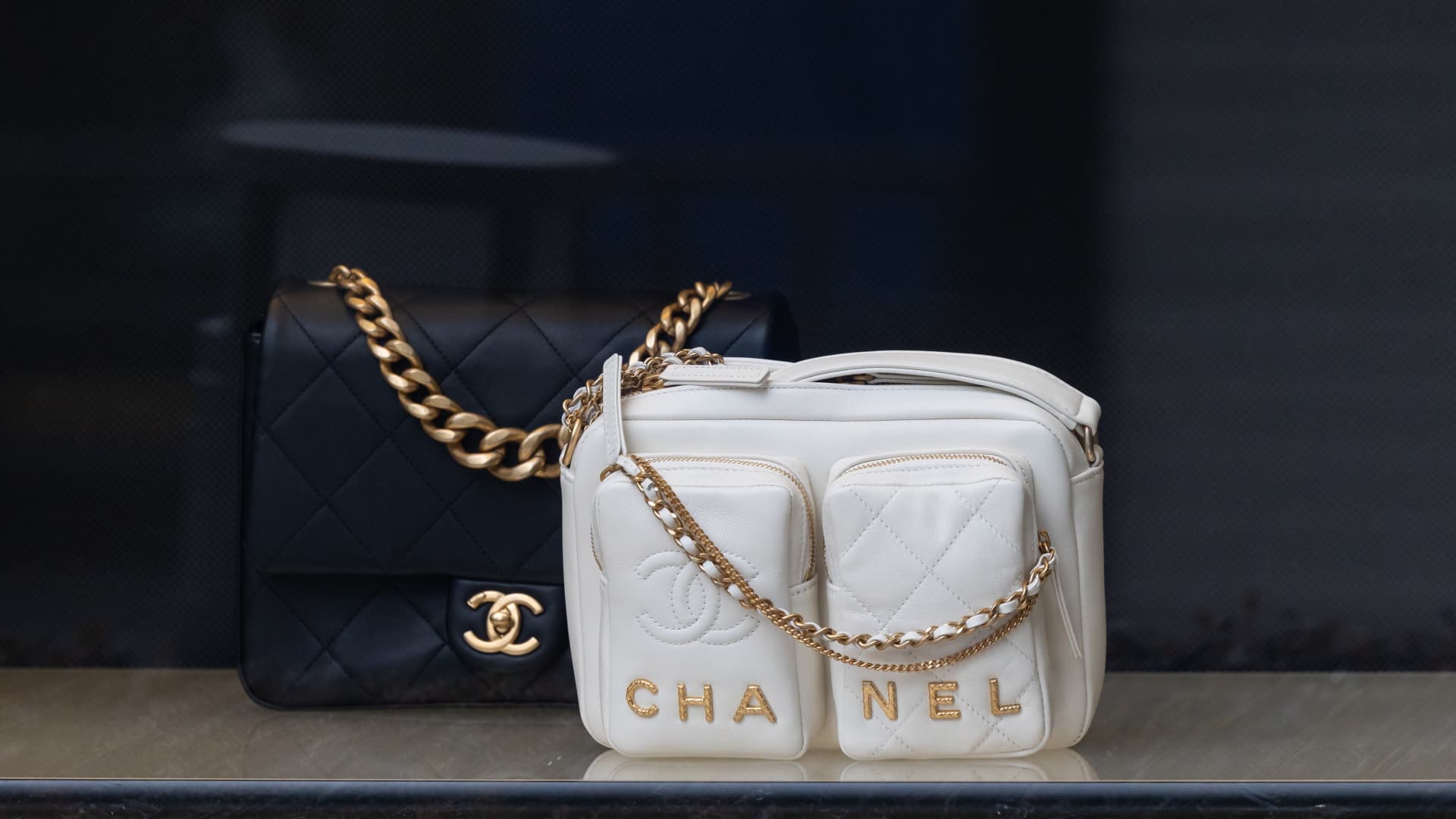Products You May Like
Whether it’s calf-leather Italian Prada bags or classic, checkered British Burberry trench coats, South Koreans are the world’s biggest spenders on personal luxury goods per capita, Morgan Stanley said.
The investment bank estimated South Korean total spending on personal luxury goods grew 24% in 2022 to $16.8 billion, or about $325 per capita. That’s far more than the $55 and $280 per capita spent by Chinese and American nationals, respectively, according to Morgan Stanley estimates.
Luxury brands have also highlighted strong sales in Korea.
Moncler said its revenue in South Korea “more than doubled” in the second quarter compared with before the pandemic. Cartier-owner Richemont Group said Korea was among the regions where sales grew by double digits in 2022, compared with both a year and two years ago.
While Prada said China lockdowns contributed to a 7% decline in 2022 retail performance, the fashion house said the drop was “mitigated by the strong performance in Korea and South East Asia.”
Markers of financial success
Morgan Stanley analysts explained the demand for luxury goods among South Korean buyers is driven both by an increase in purchasing power as well as a desire to outwardly exhibit social standing.
“Appearance and financial success can resonate more with consumers in South Korea than in most other countries,” analysts wrote in the report.
Displays of wealth are also more socially acceptable in Korean society. A McKinsey survey found that only 22% of Korean respondents consider showing off luxury goods to be in bad taste, compared with 45% of Japanese and 38% of Chinese.
The demand in luxury wares was also supported by the increase in household wealth. Bank of Korea data shows the country’s household net worth rose 11% in 2021. About 76% of household wealth in Korea is in real estate, prices for which have increased substantially since 2020.
The investment bank also noted luxury houses have tapped Korean icons to further catalyze demand.
“Nearly all of the major Korean celebrities are brand ambassadors of the leading luxury houses,” the report noted, like Fendi and actor Lee Min-Ho or Chanel and rapper G-Dragon.
Dior made Blackpink singer Rose the face of its HardWear collection, which the fashion house said was “very well-received” and doubled sales for the line.
However, Bain & Company cautioned against the use of per capita metrics for luxury good consumption.
“Luxury by definition is not a mass market product,” Bain & Co partner Weiwei Xing told CNBC.
“I would suggest to prorate the total luxury spending by number of population that’s middle class and above, which would be a more meaningful measure to reflect attitude and consumption towards luxury,” Xing said, adding that would narrow the gap.
Untapped potential in China
Still, Morgan Stanley said the thriving Korean luxury market is a “good preview” of what the Chinese luxury market could become, which it said remains “underpenetrated.” The analysts said the two countries share similarities in disposition toward luxury items as status markers.
Presently, South Korean annual per capita spend on luxury goods remains more than six times higher than that of Chinese spenders.
Globally, McKinsey projected the luxury market to grow between 5% and 10% in 2023, buoyed by demand from the U.S. and China.
“We expect growth to resume after China recovers from the current Covid waves, which should happen by the first quarter,” Xing said.
